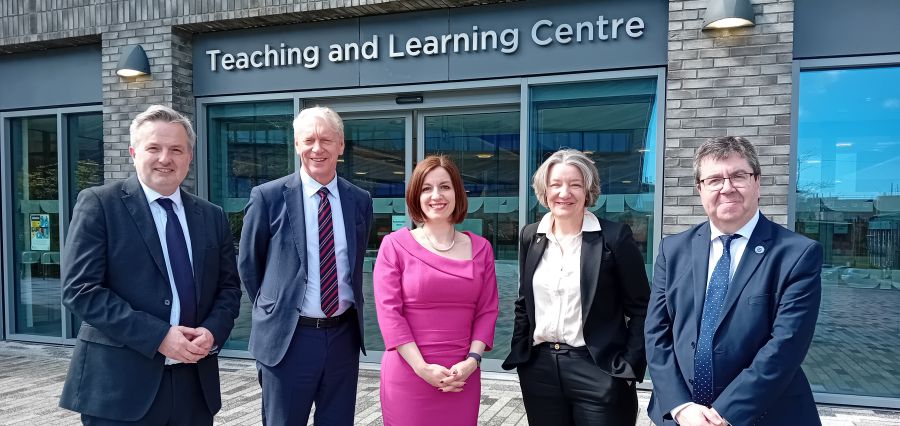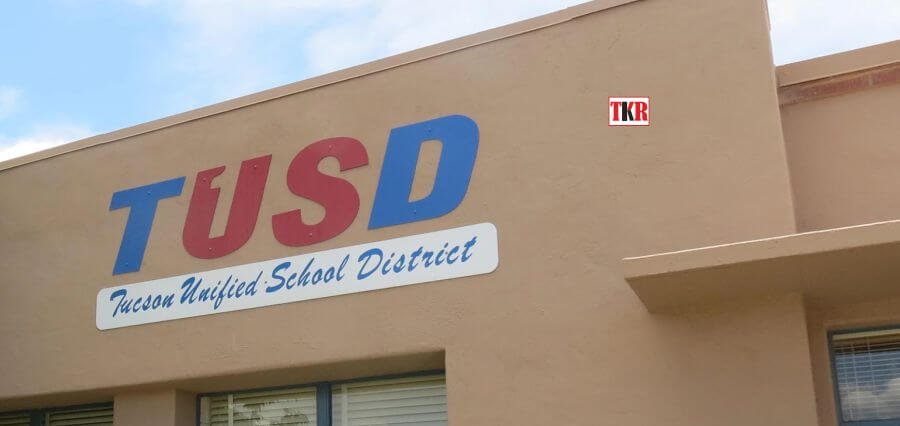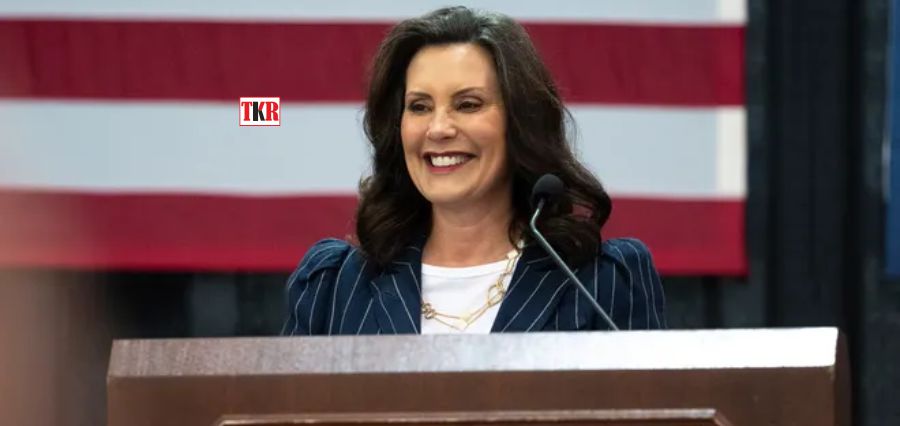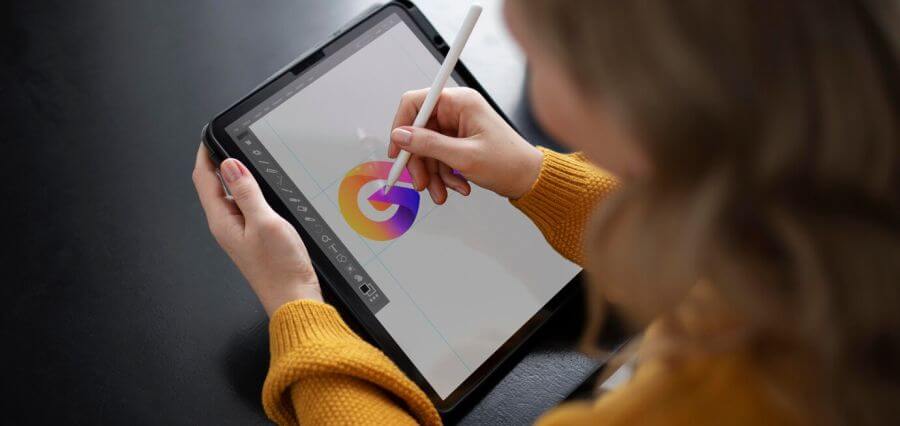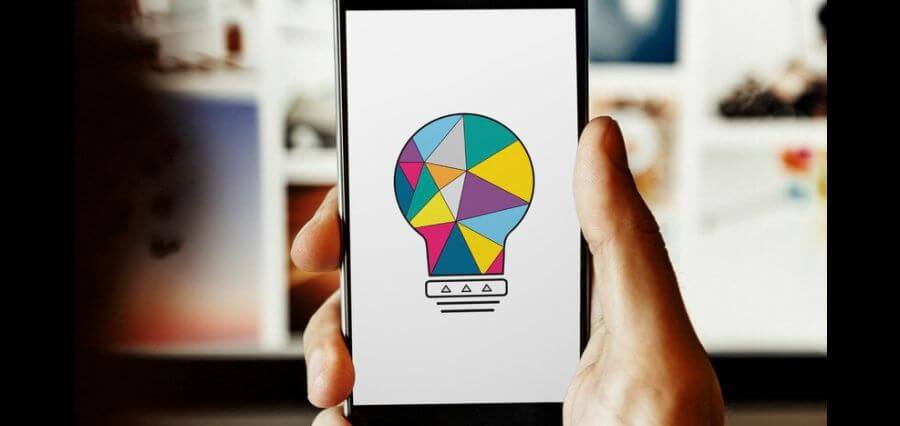by Dr. Priyanka Joshi
Covid-19 brought not just a global pandemic, but with it came some changes the world had never seen before. Apart from the changes in the way people socialize, such as distancing and wearing masks, it also brought changes like work-from-home and online teaching-learning. There are mixed perceptions about the online mode of teaching. As an educator myself, I have faced some issues, but I was lucky to overcome them. However, not everyone was as lucky. I had the opportunity to write a paper on the effects of online teaching, for which I interviewed many tutors and educators from India and foreign countries such as the U.K. and the USA. One common factor that all mentioned was the absence of personal (teacher) interaction with the students. My research from these interviews and reading references on the topic made it evident that personal interaction was essential between the teachers and students for many reasons.
After the lockdown, as the colleges have reopened and classes have resumed, one feels as an educator that students will not be willing to leave the comfort of their homes to attend offline classes as earlier; however, the reality is quite contrary. Students not only miss their friends/peers and social groups, which coming to the institute, they now have a chance to socialize, but many of them are also satisfied to be back in the classroom. For two years, there have been batches that have only heard the teacher and never met them in person, and the same applied vice-versa. So the main question arises – why is this student-teacher interaction so important?
The most important and popular reason is ‘communication blocks.’ A variety of reasons have been associated with it, some external while others are more interpersonal. For a teacher to be certain if the lesson that has been taught has been clear to the student is a priority. Communication is not always verbal; in fact, non-verbal communication is equally important in a classroom. A question like – ‘Do you have any doubts or queries? At the end of the topic or lesson, it is asked in both the classroom as well as on the online platform. But what the online platform lacks is the ability for the teacher to comprehend facial expressions and body language, which can say a lot of things. This becomes highly essential when the students refuse to interact or respond, which is why it is a drawback in the online mode of teaching, as not all students respond when the teacher inquires if they have any queries, adding to the difficulties and, at times, lack of interest for teaching for the teachers. With experience, it is also known that students cannot always keep their cameras on, as it creates a load on the software/app that is being used, causing malfunctions such as lagging or network issues. So even students are not visible in the online mode. Usually, students keep their mic off as their background noise can cause disturbance not only for the teachers but also for other classmates.
In a country like India, where living spaces for many are compact and limited with families comparatively larger, and not all can afford it, personal or secluded spaces (an urban notion) for the student to attend the classes is impossible. Students come from various sections of society. Many attend class sitting in their homes in rural areas. A child attending online classes cannot mean that other family members/people inside or outside can be stopped from doing their daily activities at that time – highly impossible in small living spaces and cities. Although for some unavoidable, for others, it is intentional so as to keep track of their child. It becomes difficult for students to concentrate on their online classes having a device (mobile/laptop/P.C.), connected to the internet with notifications of social media apps popping up, exposed to a world of diversions, easily distracting the student. The curious young minds might also drift away and check out the content that is not approved relatively to their age – common factors why certain families do not allow their children to study in seclusion. Chances also are that the online lesson and explanation could be inaudible for the learner due to his/her background noise. Another reason for the communication block can be due to their psychological state. A teacher may not know what the student is going through. Once again, highlights the emphasis on non-verbal communication. In a regular classroom setting, in a similar situation, even if the student is non-verbal, as they are visible, it aids the teacher in understanding the psychological or emotional trouble. The lockdown caused a rise in depression – staying home, having no social life, the uncertainty of life, and the fear of the pandemic – which were some factors that caused depression amongst an array of age groups. All these factors are interlinked to each other and can be avoided when the students come for offline lectures. Offline teaching keeps the students away from diversions and becomes more interactive and alert in class.
So to conclude, as a teacher, I feel student and teacher relations are not only limited to the exchange of knowledge but also an interpersonal relationship that benefits both sides. Interactions between the two not only help in learning but also help the students to build confidence, alertness, and actively participate, making the class a more fun-filled experience, which is lacking in the online mode. Seeing my students smiling or nodding during lessons gives me confidence also. I believe very strongly that – just as teachers are necessary for the development of students, students are necessary for the development of teachers.
I wish to thank The Knowledge Review for giving me this opportunity. Connect with me – https://www.facebook.com/drpriyankajo20 or e-mail – more.j.priyanka@gmail.com
***
About the Author –
Dr. Priyanka Joshi has completed her 10th and 12th from Georgetown American School (also known as Georgetown International Academy), Guyana, South America. She then came to India and completed her B.A.(2006), M.A. (with First Rank, 2008), Ph.D. (2014), and qualified SET (State Eligibility Test) in History from Pune, Maharashtra, India. Her Ph.D. title was “Films and History – A critical Study of Select Hindi Films (1950-2008)” under Dr. Radhika Seshan. She is currently teaching at Modern College of Arts, Science and Commerce (Autonomous) Shivajinagar, Pune, where she teaches U.G. and P.G. levels. She is also BOS Member and U.G. coordinator. She is also a Subject Counsellor for U.G. and P.G. History, School of Open Learning, Savitribai Phule Pune University, and a guest/visiting faculty of History in many reputed colleges in Pune. She has a passion for writing articles, academic papers, and fiction. She is a hobbyist and foodie and loves to travel.

